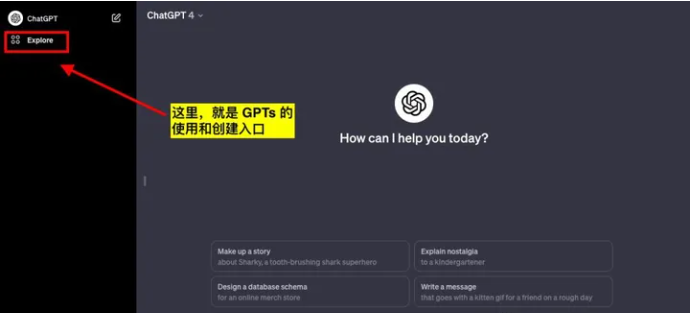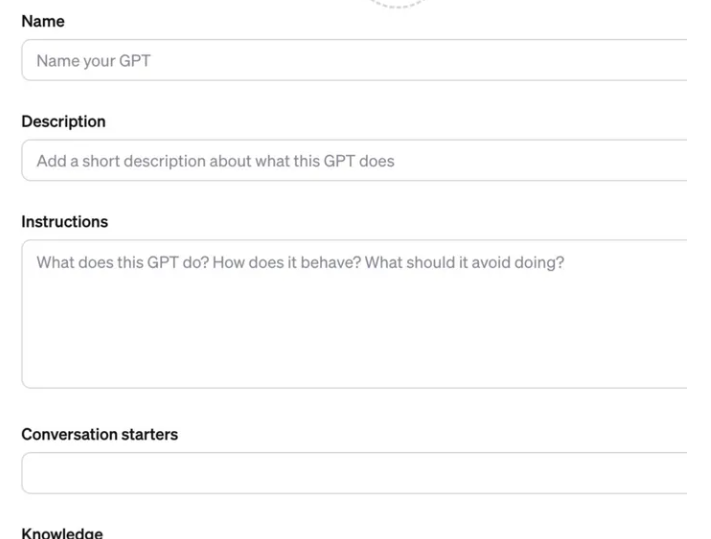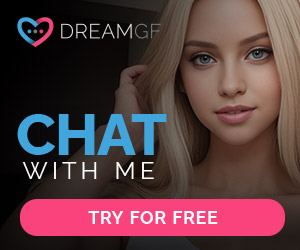Step-by-Step Guide on Creating GPTs Role-Based Applications
The recently launched GPTs App Store by OpenAI provides everyone with the opportunity to create personalized and functional GPT programs. So, how can you create a GPT program that meets your specific needs? Let’s take a closer look at the detailed process.
What is GPTs Technology?
At the recently concluded OpenAI Developer Conference (details: ), a highly anticipated new technology—GPTs—was introduced. The CEO of OpenAI announced on social media that GPTs technology is now open to all Plus members.

So, what is GPTs technology, and what impact does it have?
According to the official definition, GPTs technology is a version of ChatGPT specifically tailored for specific purposes. It combines instructions, knowledge, and operational functionalities, providing a more intelligent user experience.
In other words, GPTs technology allows users to customize their own versions of ChatGPT according to their needs. Whether it’s a chatbot created based on personal documents or practical tools like a Word to PDF converter or a YouTube video downloader, GPTs technology can handle it effortlessly.
The emergence of GPTs technology opens up the possibility for individual developers to quickly create a variety of small-scale products. This is a departure from the traditional collaboration among programmers, product managers, and designers required in the past. Considering GPT Store as an app store, much like the current Apple App Store or Android Software Store, developers can list their applications and generate revenue.
How to Confirm If GPTs Technology Is Enabled?
Currently, the official availability of GPTs technology is exclusive to Plus-level users of ChatGPT. This implies that in order to utilize GPTs technology, users must possess a GPT-4 account.
Users can navigate to the interface and access the GPTs application interface by clicking on the “Explore” option.

Currently, the GPTs Store has not been fully opened, and it only offers 16 officially customized GPTs roles for users to experience. These roles serve more like pioneers, aiming to encourage more users to participate and collectively build a rich ecosystem. If you can access the GPTs interface and see the “Create a GPT” option, it indicates that you have gained the permission to use and create GPTs roles.

What are the features in the GPTs function list?
Before delving into creating custom GPTs applications, let’s first gain a basic understanding and introduction to GPTs technology.
Once users log in to ChatGPT, they can find the entrance to GPTs under “Explore.”
The “Create a GPT” option under “My GPTs” allows users to create their own GPTs.

The interface for creating GPTs applications is mainly divided into two sections: “Create” and “Configure,” with the preview area of the application on the right. The left side is used for application creation, and the right side is for previewing.
“Create” is an option based on an AI intelligent assistant, allowing users to complete the creation of GPTs applications through conversational interactions. On the other hand, “Configure” provides more detailed manual configuration options. Users can upload their own application avatar or use DALL·E intelligence for generation.

In this section, “Name” and “Description” are used to fill in the application’s name and description.
“Instructions” are used to define operational commands. “Conversation starters” set initial conversation prompts. “Knowledge” is used to upload and set the application’s knowledge base. “Capabilities” define the application’s abilities, such as connectivity, image generation, etc. “Actions” configure the application’s ability to retrieve information or perform operations outside of ChatGPT.
How to create your own GPTs character?
Taking the creation of a cat interactive assistant named ‘Purrfect Pal’ as an example, demonstrate how to build a GPTs application from scratch.
Firstly, describe your requirements to GPTs: create an assistant that can help understand cat behavior, provide training tips, and share interactive knowledge.
Template for prompting: “I want to create a cat interactive assistant that helps interpret some cat behaviors, provides training tips for your cat, and shares interesting facts about interacting with cats.”

GPTs will name and make preliminary settings for the application based on your description.
Prompts:Purrfect Pal


Add specific training commands, upload relevant materials.
How to Test and Optimize Your GPTs
Testing your GPTs application is straightforward. For example, you can make a request like, “I want to know how to take care of my first cat, please provide advice.” If the created GPTs application doesn’t perform well, you can go back to the “Explore” interface for modifications. Simply click the “Edit” button to re-edit your GPTs application.

Finally, here is a comprehensive flowchart of the entire process of creating and optimizing a GPTs application. Everyone can customize their own GPTs based on their needs and industry background. I hope this article proves helpful. If you find it useful, please like and share. Thank you!

